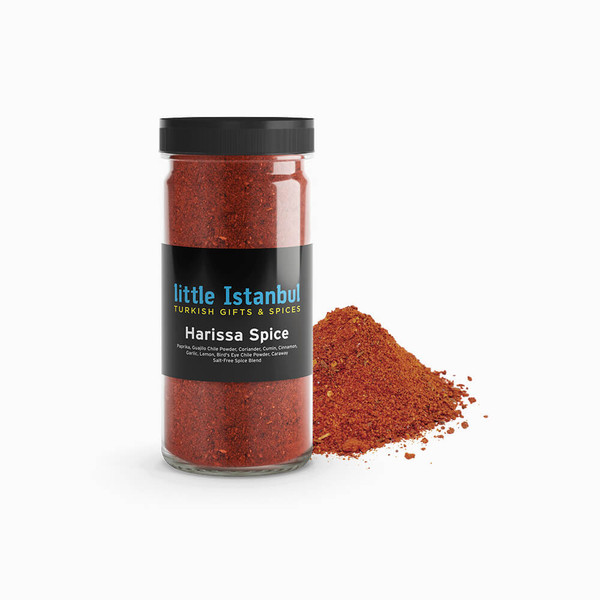Difference Between Suzani & Kilim Bags

When viewing both Kilim bags and Suzani bags up close, it’s hard not to get blown away by the beauty and intricate nature of both types of textiles. Some people confuse the products that feature Suzani and Kilim materials as being the same, but they are, in fact, very different.
In this article, we’ll be covering the factors that differentiate both bags and the different paths that led to their existence. First off, we look at the origins of each, starting with Kilim - a textile that many believe began back in our homeland of Turkey.
The Origins of Kilim and Suzani
The Kilim bags you see for sale today have their roots back in ancient times, with the official geographical origin believed to be the Anatolia region of Turkey. This area represents a major crossroads between the two civilisations of Africa and Eurasia - with many of the patterns seen in modern designs able to be traced back thousands of years.
Dating back as far as the 4th century, the people in this region have used this highly durable pile-less textile for a multitude of purposes ranging from clothing to rugs to housing. In fact, for the many different cultures of the nomadic people of Central and Western Asia, kilim has also long been used as heirlooms and gifts in ceremonies such as weddings.
While the textiles found on Suzani bags might seem similar to Kilim bags, they have had very different beginnings. Suzani is known to be from the Fergana Valley in Asia, an area that sits in between the nations of Uzbekistan, Tajikistan and Kyrgyzstan, with the name being derived from the Persian word ‘Suzanikari’ which translates to ‘needlework’.
Suzani is a beautifully embroidered textile that traditionally symbolizes the love that mothers have for their daughters. The material is created to embody happiness on the wedding day of Asian women and ensure protection and prosperity for the future. Upon reaching a certain age, girls are taught the intricate art of Suzani embroidery as a rite of passage on the way to adulthood.
So, clearly, Suzani has a very different heritage to Kilim. So, let’s look at more differences in how each one is made…
How Kilim is Created
When passing your hand over the colorful patterned textile found on Kilim bags, you’ll notice that it has no pile, with a rug-like feel to the touch. They’re traditionally made from wool that’s tightly interwoven on hand-operated looms, with kilim weaves using horizontal strands to create patterns that hide the vertical strands that it also contains.
Those creating Kilim textiles tend to use what’s known as a ‘slit weave’ technique to tightly pack all of the strands together, often preferring to create diagonal shapes that help to strengthen its structure. The result is typically a geometric or floral design, creating authentic patterns that look very much today as they did all those years ago.
How Suzani Is Created
The process of creating Suzani textile isn't the same process used to create kilim bags, even with the material used being different. Instead of wool, Suzani uses silk or cotton, with the desired pattern first being sketched out on the material. Then, portable looms are used to embroider delicate and highly colorful designs that seem to ‘pop’ out at you.
Suzani patterns are usually manufactured in two separate parts, meaning that more than one person can work on them at the same time. After each part of the design is completed, it's stitched together to create the final product. Rather than being geometric, as is the case with kilim, Suzani tends to feature a floral design that’s every bit as easy on the eye.
Two Amazing Textiles, Two Amazing Product Lines
We’ve seen that Kilim bags and Suzani bags have very different histories and origins. It’s great to acknowledge them to recognize the amazing stories that have led to their existence. Although, we should also be celebrated are their innate similarities.
Both Suzani and Kilim offer a distinctive style that allow people to express their individuality and the available designs are unique to the people who make them. Both feature eye-catching, striking colorful patterns that can be matched to any number of outfits, making them equally great for accessorizing purposes.
It's for this reason that many of our customers choose to enjoy the benefits of both Kilim bags and Suzani bags, with a range of functional options to suit any occasion. Messenger bags, Tote bags, Handbags and Clutch bags are all available featuring both textiles, allowing you to mix and match your style for whatever you’re up to on that day.
We could go on forever, extolling the virtues of both, but as they say, a picture paints a thousand words. Take a look at the Kilim and Suzani options in the Little Istanbul shop today and we challenge you to not instantly fall in love with them like so many do.







